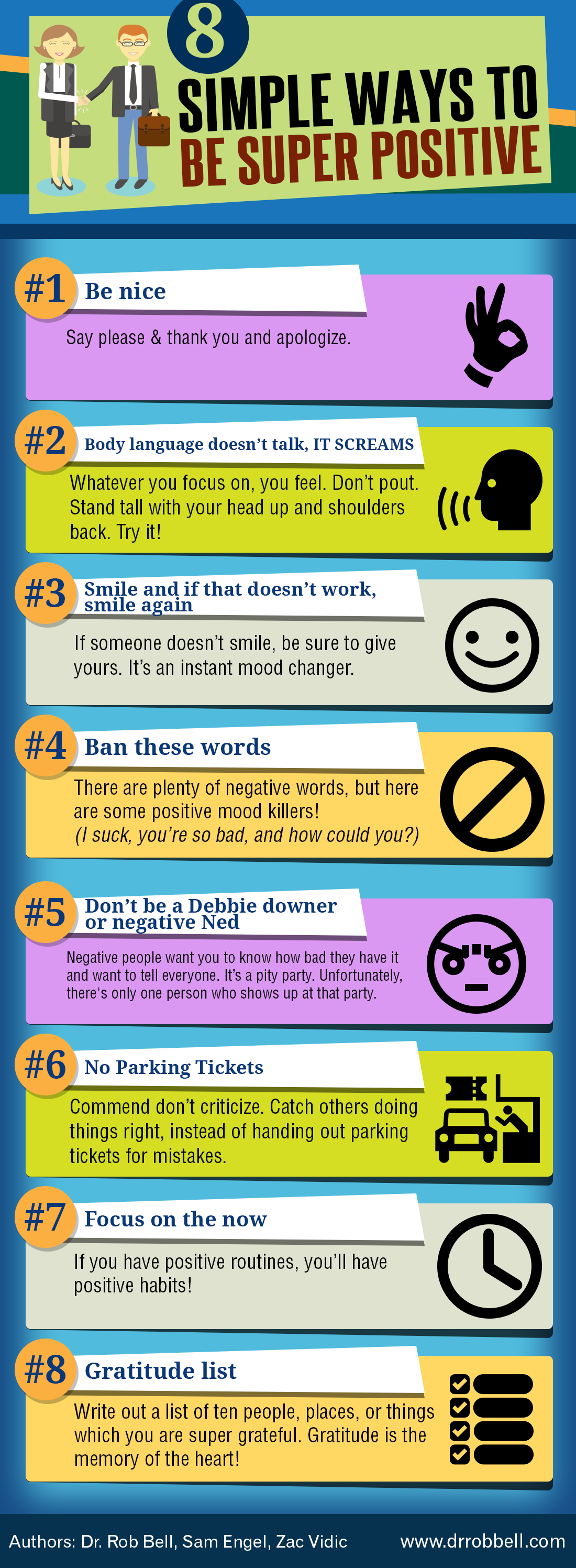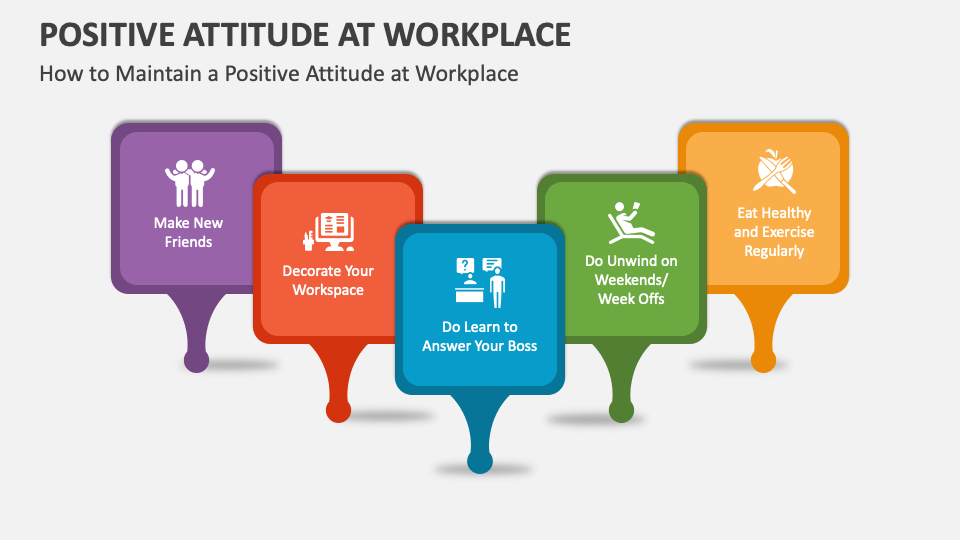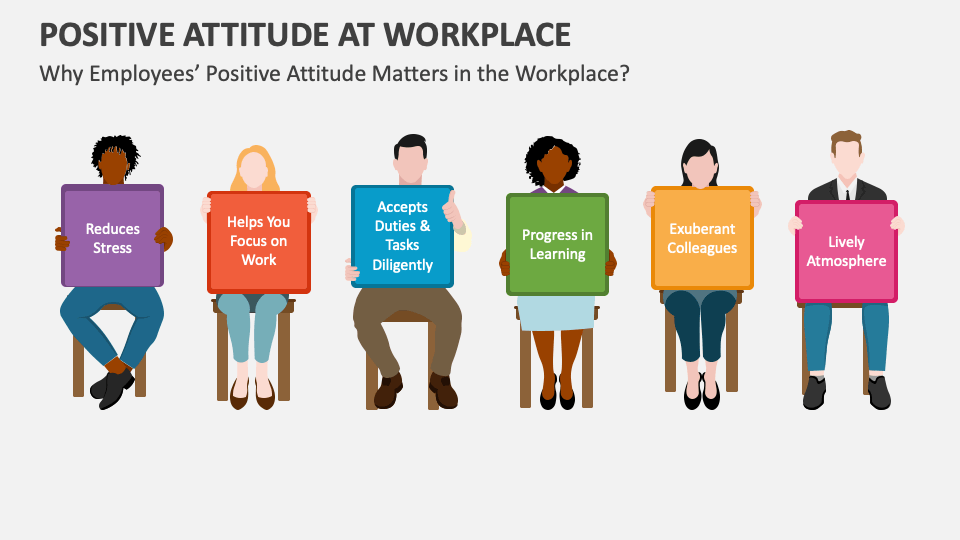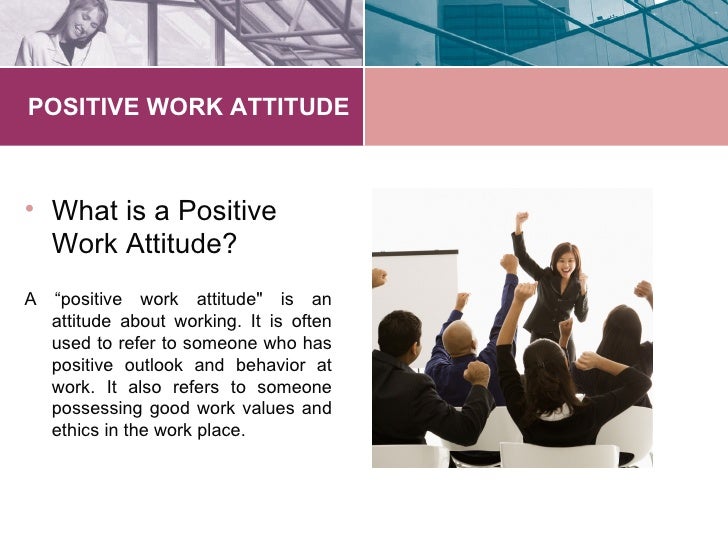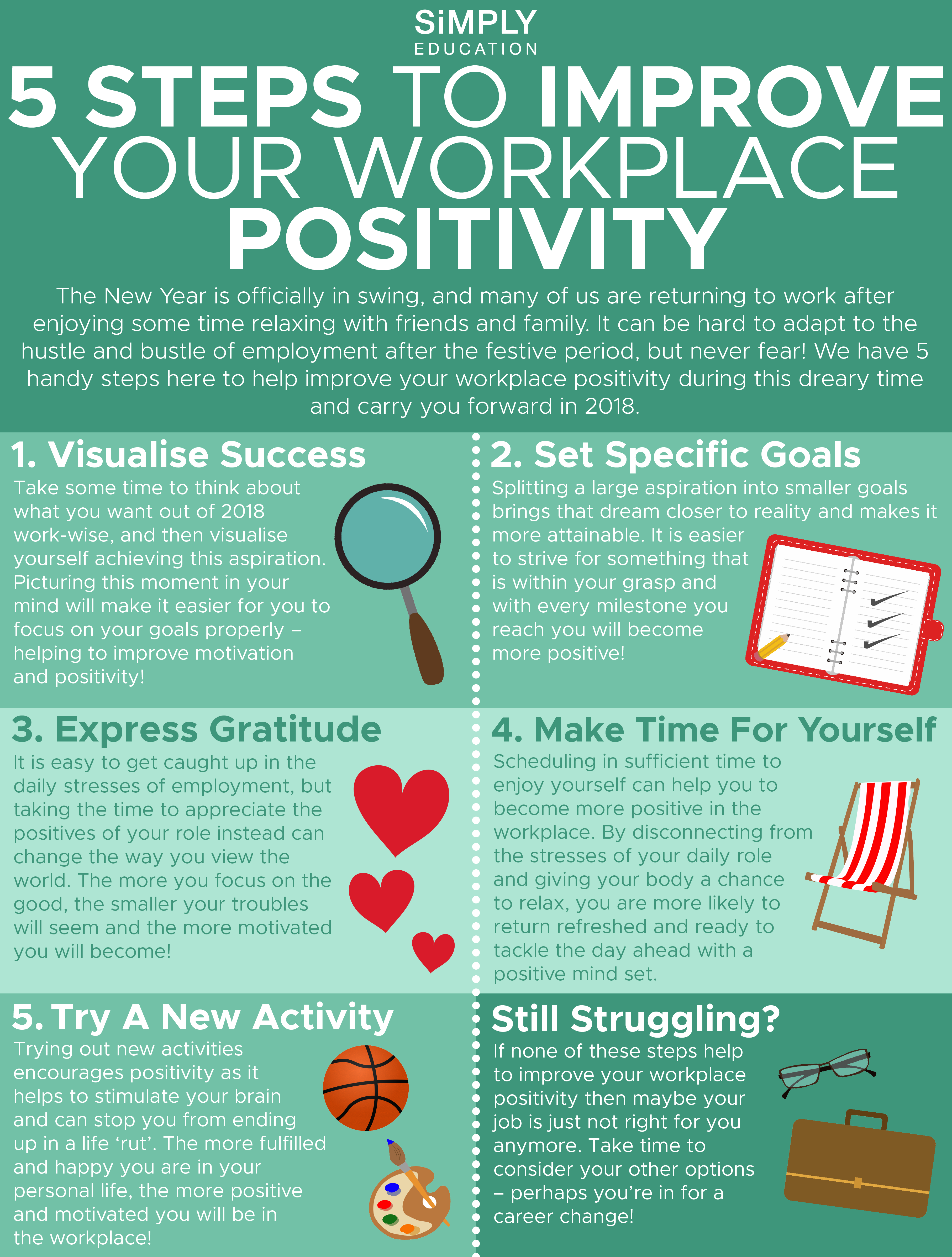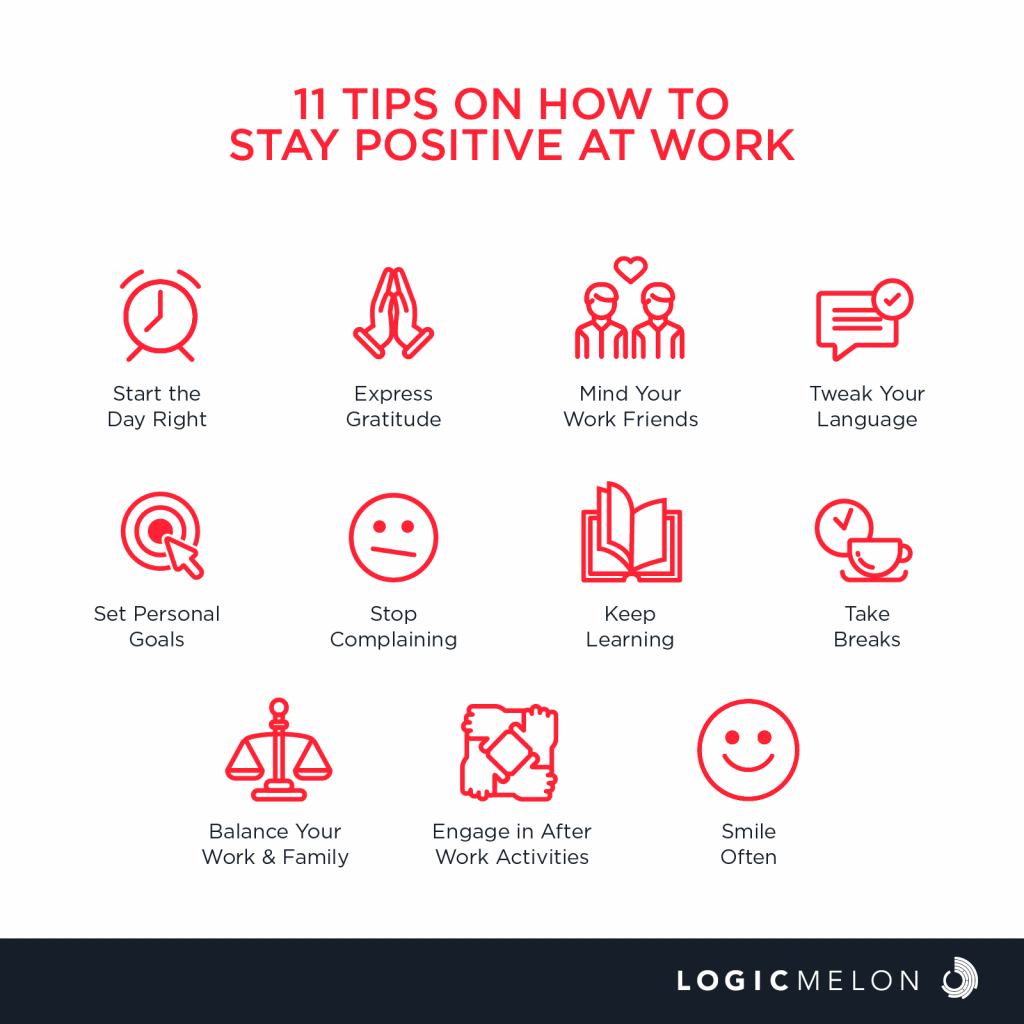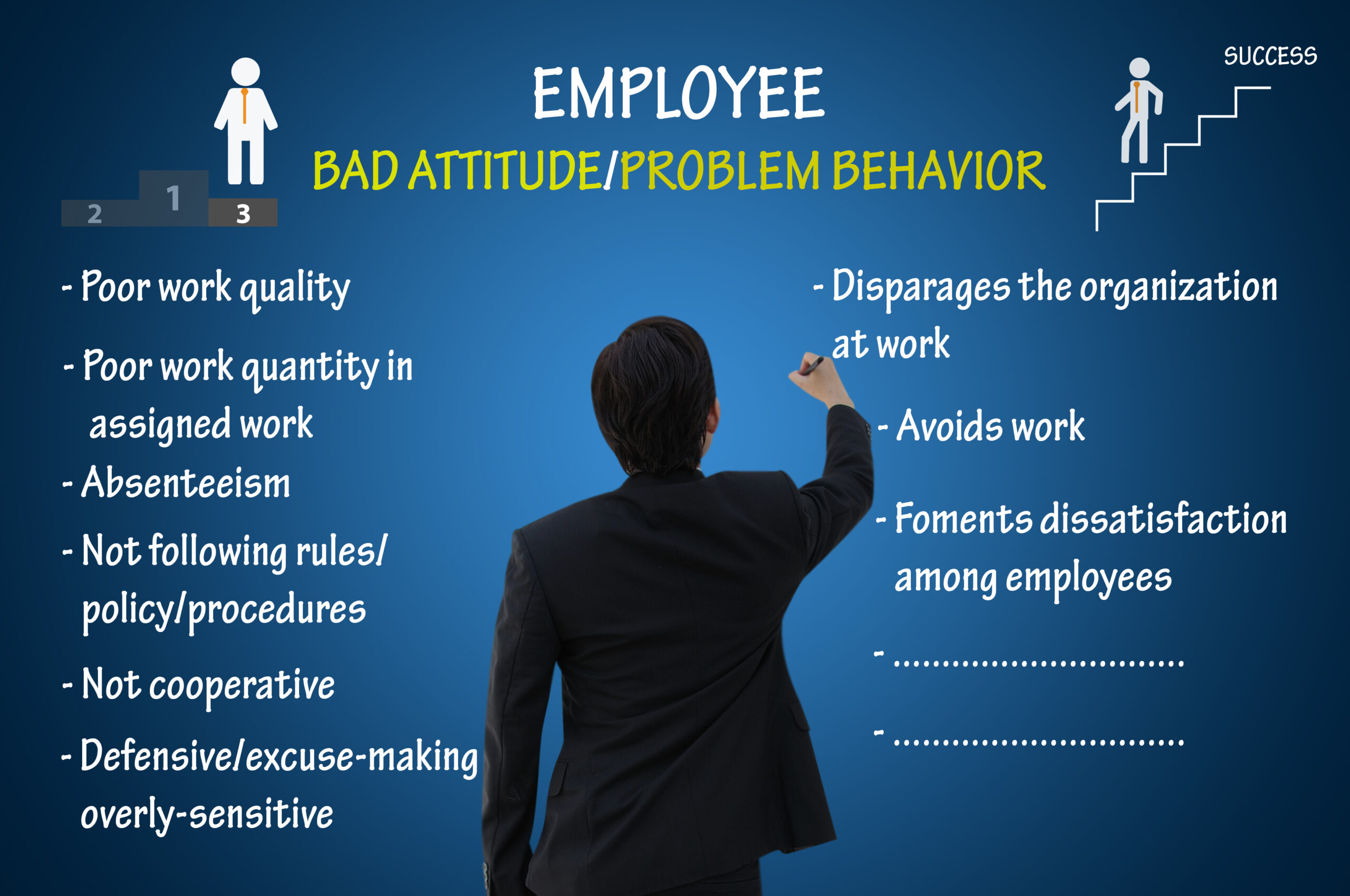How To Have A Better Attitude At Work
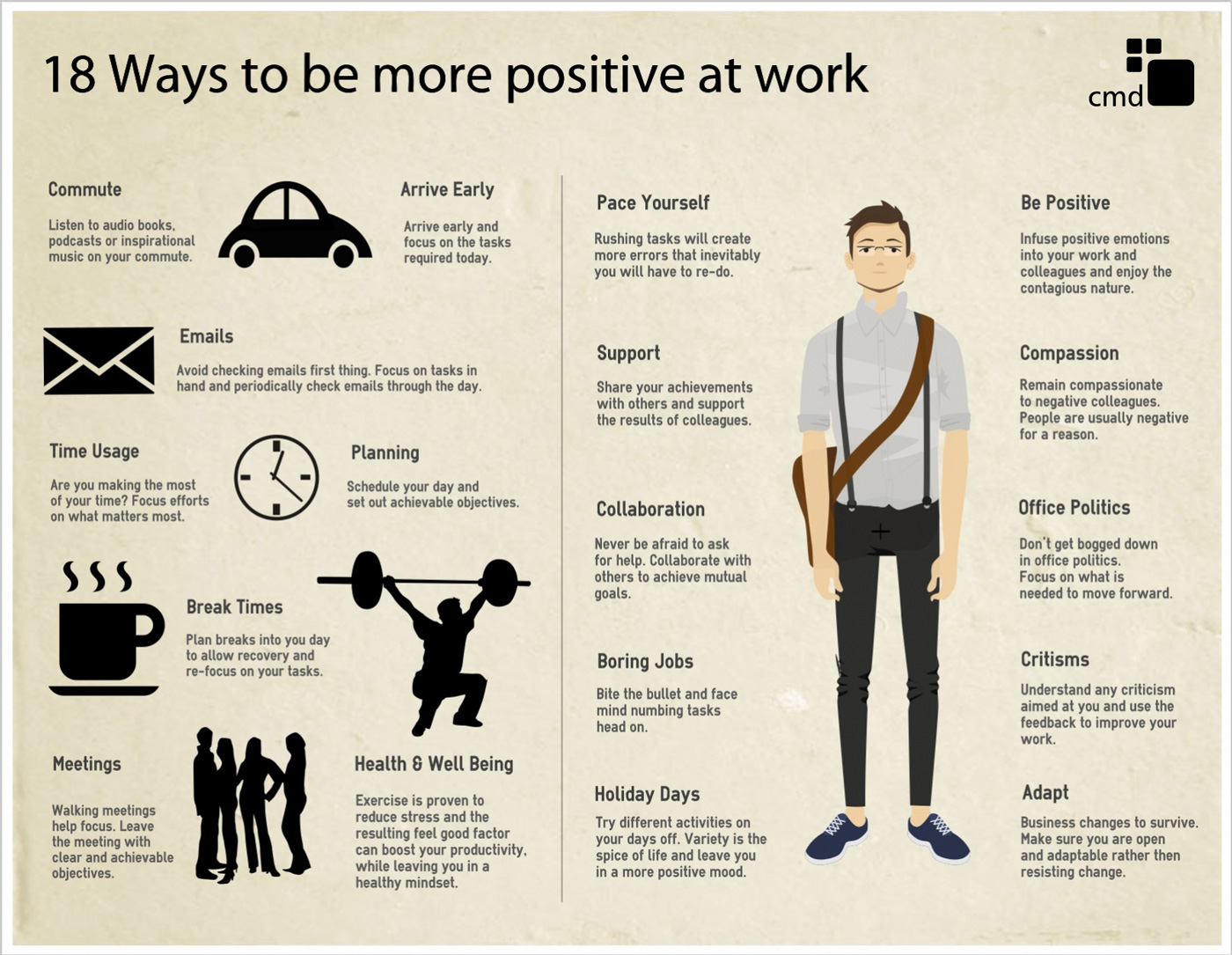
In today's demanding work environment, maintaining a positive attitude can feel like an uphill battle. Stress, long hours, and interpersonal conflicts can quickly erode morale, impacting not only individual well-being but also team productivity and overall company success. However, cultivating a better attitude at work is not just about being happier; it’s a strategic advantage that can lead to increased job satisfaction, improved performance, and stronger professional relationships.
This article will explore actionable strategies for fostering a more positive and productive work environment. It draws on research in organizational psychology, human resources, and workplace wellness to provide practical tips and insights. Ultimately, the goal is to equip individuals and organizations with the tools to transform a negative workplace into a thriving and supportive community.
Understanding the Root Causes of a Negative Attitude
Before implementing solutions, it's crucial to understand the factors that contribute to a negative attitude at work. According to a 2023 study by the American Psychological Association (APA), common culprits include high levels of stress, lack of recognition, poor communication, and feelings of being undervalued.
Workplace culture also plays a significant role. A toxic environment characterized by bullying, discrimination, or constant criticism can quickly dampen even the most optimistic spirits. Identifying these root causes is the first step towards addressing and mitigating their impact.
Strategies for Cultivating a Positive Mindset
Practicing Gratitude and Mindfulness
One of the most effective ways to improve your attitude is to focus on the positive aspects of your job. Regularly practice gratitude by acknowledging the things you appreciate, whether it's supportive colleagues, challenging projects, or opportunities for growth.
Mindfulness techniques, such as meditation and deep breathing exercises, can also help reduce stress and improve your ability to cope with difficult situations. Numerous studies have demonstrated the benefits of mindfulness in enhancing emotional regulation and reducing burnout.
Setting Realistic Goals and Celebrating Successes
Feeling overwhelmed by workload can contribute to a negative attitude. Break down large tasks into smaller, more manageable steps. This approach makes the workload seem less daunting and provides a sense of accomplishment as you complete each step.
Celebrate your successes, both big and small. Acknowledging your achievements, whether through self-reflection or sharing them with colleagues, reinforces positive feelings and motivates you to continue striving for excellence. Consider keeping a journal of accomplishments to track your progress and boost your morale.
Improving Communication and Building Relationships
Poor communication can lead to misunderstandings and conflicts, negatively impacting your attitude. Practice active listening and clear communication techniques to avoid misinterpretations and foster better relationships with colleagues.
Building strong relationships at work can also significantly improve your overall experience. Make an effort to connect with your colleagues on a personal level, offering support and showing genuine interest in their well-being. Strong social connections provide a buffer against stress and create a more positive work environment.
Seeking Support and Addressing Concerns
If you're struggling to maintain a positive attitude, don't hesitate to seek support. Talk to a trusted colleague, supervisor, or HR representative about your concerns. Often, simply voicing your feelings can provide relief and lead to potential solutions.
Addressing concerns directly and professionally can prevent resentment and negativity from festering. If you have constructive criticism, present it in a respectful and solution-oriented manner.
The Role of Employers in Fostering a Positive Workplace
While individual effort is essential, employers also play a crucial role in creating a positive work environment. Companies should prioritize employee well-being by offering wellness programs, providing opportunities for professional development, and fostering a culture of open communication and recognition.
Effective leadership is paramount. Leaders should lead by example, demonstrating a positive attitude and promoting a culture of respect, empathy, and support. Regular employee feedback and surveys can help identify areas for improvement and ensure that employees feel heard and valued.
Looking Ahead: Sustaining a Positive Attitude Long-Term
Cultivating a positive attitude at work is an ongoing process, not a one-time fix. Regularly assess your mindset and adjust your strategies as needed. Stay proactive in addressing challenges and seeking support when necessary.
By committing to these strategies, individuals and organizations can create a more positive, productive, and fulfilling work environment for everyone. The benefits extend far beyond the workplace, impacting overall well-being and creating a more positive outlook on life.

